Rain Quail
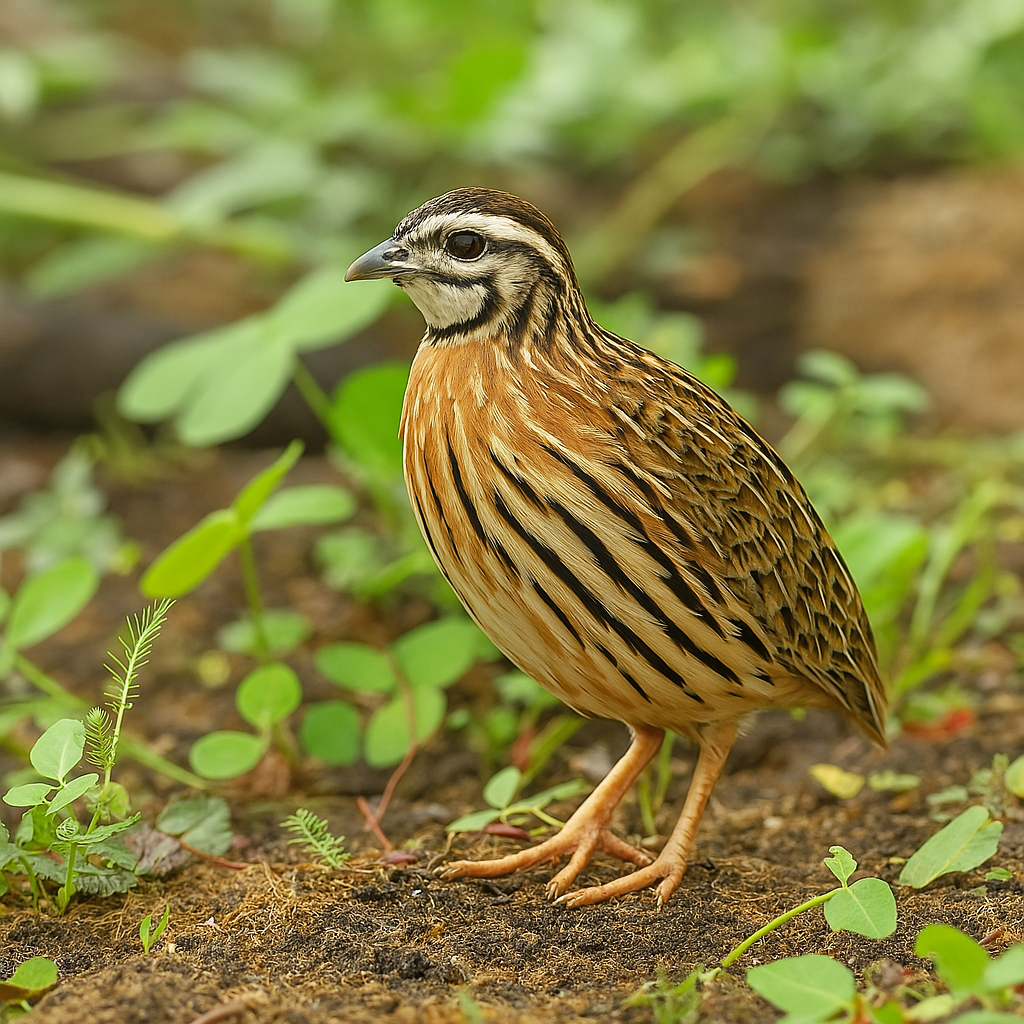
Lifespan
4-5 years
Height
12-14 cm
Length
18 cm
Quail Ratio
1 Male to 3-4 Females
The Rain Quail is a small species of quail found primarily in South Asia. While they are less commonly kept as pets compared to other. But they can still be an interesting and rewarding bird for avian enthusiasts to care for.
Rain Quail Call (Male Call)
Physical Characteristics
How many females to a male
This ratio supports natural social dynamics, reduces the likelihood of male aggression, and ensures that females are not over-mated, fostering a healthy breeding setting.
Size
These quails boast a distinctive bluish-gray, scale-patterned plumage and a prominent white-tipped crest, giving them a striking, "blue-scaled" look that sets them apart from other quail species.
Appearance
Rain quails have distinctive black markings on their chests, particularly the males. Their plumage is predominantly brown with intricate patterns that help them blend into their natural surroundings. This makes them a beautiful bird to observe in captivity.
Lifespan
In captivity, Rain Quail can live up to 4–5 years with proper care and diet. Their lifespan can be affected by their environment, diet, and general care, so it's crucial to provide them with a safe and enriching habitat.
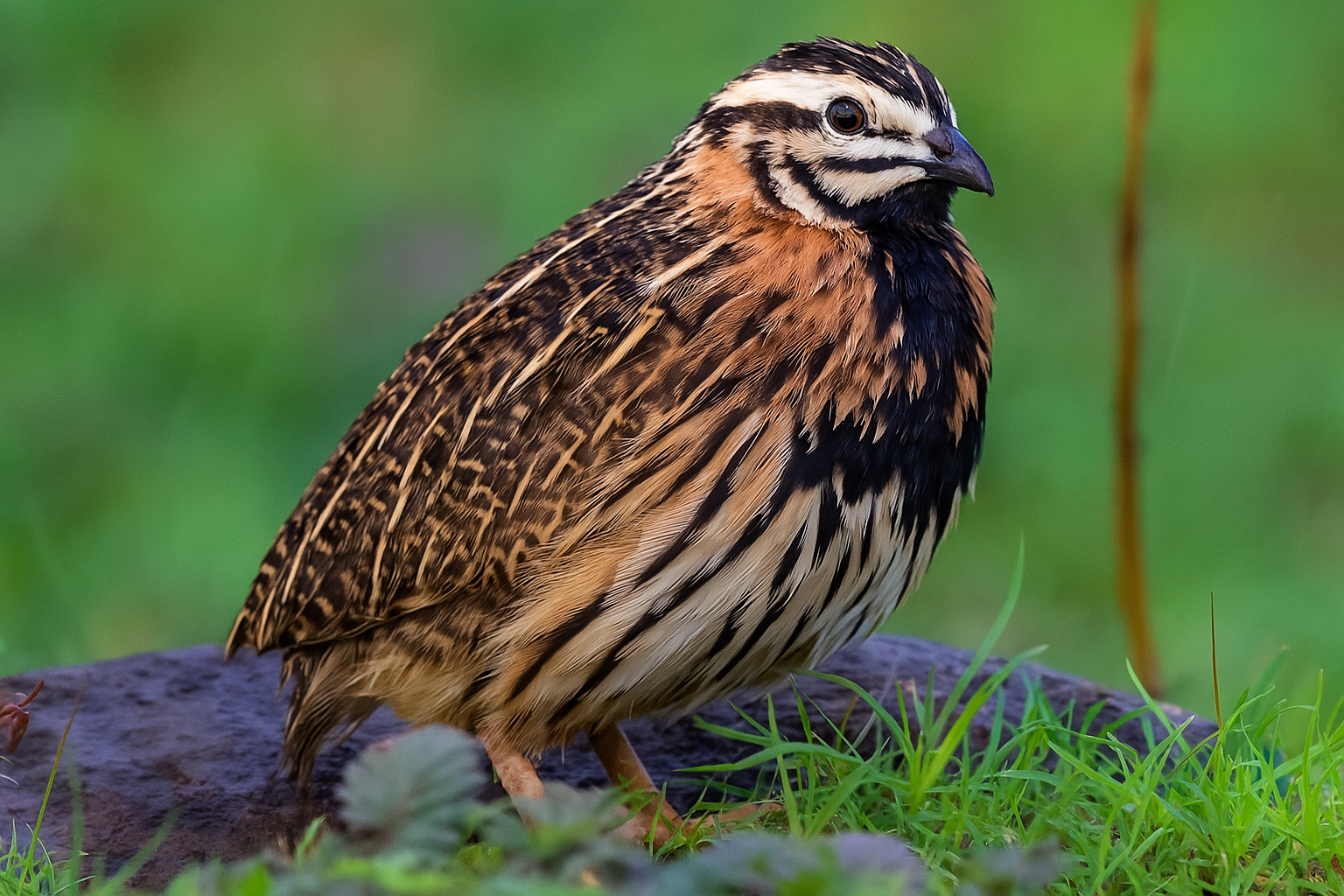
Habitat
Size of habitat
Like other quail species, Rain Quail thrive in a spacious environment. They prefer ground-level living and do well in aviaries with plenty of natural cover such as grasses, bushes, or low shrubs. A well-ventilated coop or pen with access to the outdoors is ideal.
Substrate
For Rain Quails, a mix of sand, dirt, and fine gravel works best as substrate, allowing them to forage and dust bathe naturally. Keep it clean to ensure their health.
Shelter
Ensure the enclosure has sheltered areas to protect them from harsh weather and give them a sense of security.
Dust Bathing
Provide a container of sand or fine dust for dust bathing, which helps keep their feathers clean and free of parasites.
Protection
Make sure the enclosure is predator-proof and has a solid roof to prevent escape and protect from predators.
Diet
Food
Rain Quails thrive on a diet similar to other quail species. They should be fed high-quality quail feed or game bird feed, which provides the necessary protein for their health.
Protein
Their diet can be supplemented with fresh greens, small insects, and grains to mimic their natural foraging behavior.
Water
Clean water should always be available.
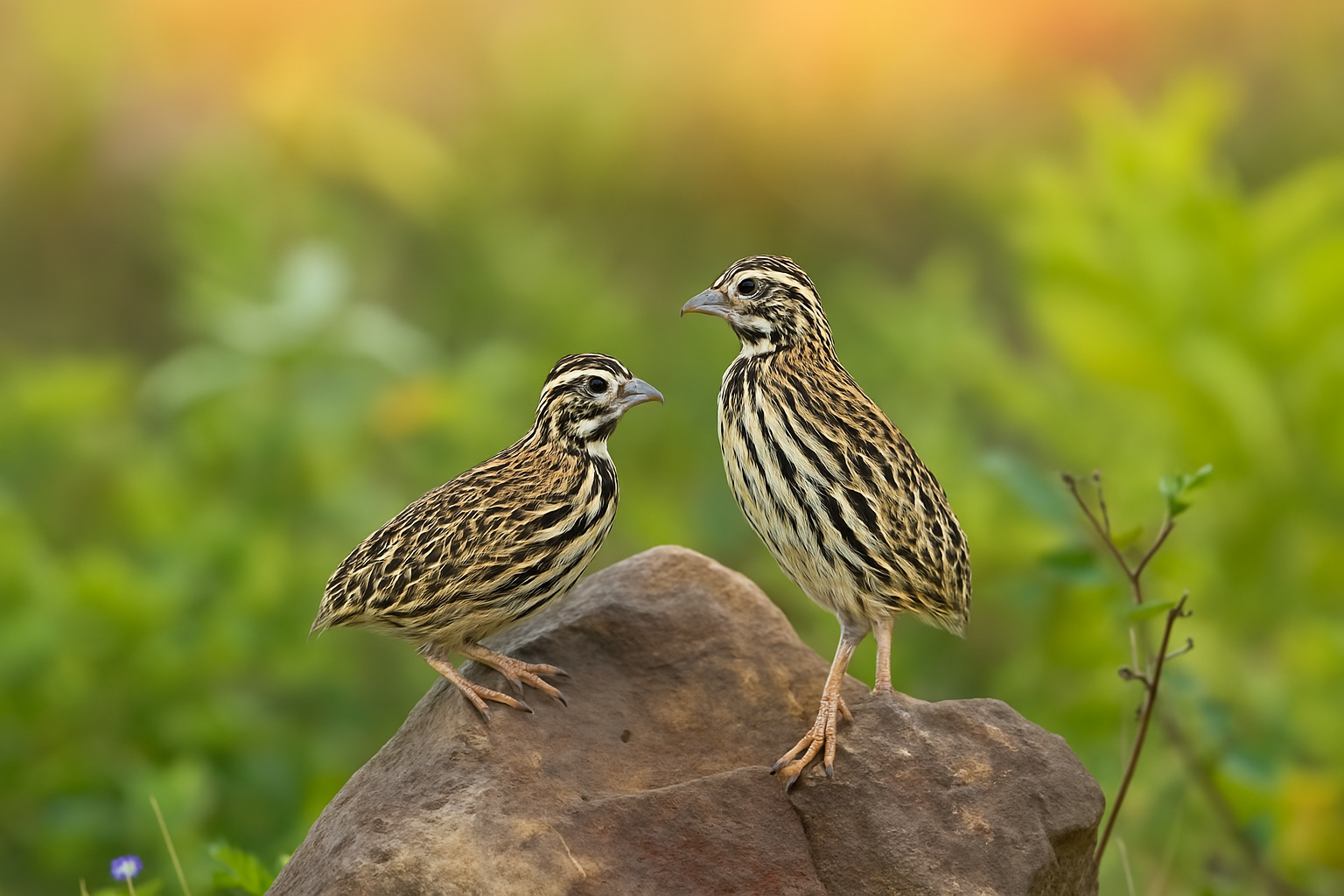
Social Behavior
Rain Quail can be housed together with more females in the same enclosure. It is recommended to keep one male with several females, especially during the breeding season, to reduce the risk of aggression between males. This setup mimics their natural social structure and helps maintain harmony in the group. Just ensure the enclosure is spacious enough to accommodate all the birds comfortably.
Activity
Rain Quails are particularly active and enjoy foraging for food.
Handling
Rain Quails, like many quail species, are not naturally inclined towards human interaction. They may not enjoy being handled frequently, so patience and gentle care are essential when raising them. It's important to approach them slowly and avoid loud noises that could startle them.
Health
Clean Environment
Regularly clean the enclosure, removing waste and soiled substrate to prevent the buildup of harmful bacteria and parasites. Ensure the space is well-ventilated and free from dampness.
Health Monitoring
Routinely check for signs of illness or distress, such as changes in behavior, feather quality, or droppings. Monitor their activity levels and appetite, and consult an avian vet if any health issues arise.
History
he Rain Quail (Coturnix coromandelica), also known as the black-breasted quail, is native to South Asia. Historically, these quails have been a part of the region’s avian fauna, often found in India, Sri Lanka, and parts of Southeast Asia. They are known for their distinctive plumage and vocalizations.
Role in Ecosystems
Historically, Rain Quails have played a crucial role in the ecosystems of their native regions. They thrive in dense grasslands and agricultural areas, adapting well to varying habitats. Their presence is often linked to seasonal changes, particularly the monsoon rains, which influence their breeding patterns.
Rain Quails are less commonly kept in captivity compared to other quail species. Their natural behaviors and habitat preferences make them challenging to domesticate. They are primarily valued for their ecological role and traditional hunting appeal rather than as pets.
Modern Interest
In recent years, Rain Quails have attracted interest from aviculturists and bird enthusiasts who appreciate their unique characteristics. However, they remain more commonly found in the wild due to their specific habitat needs and less sociable nature.
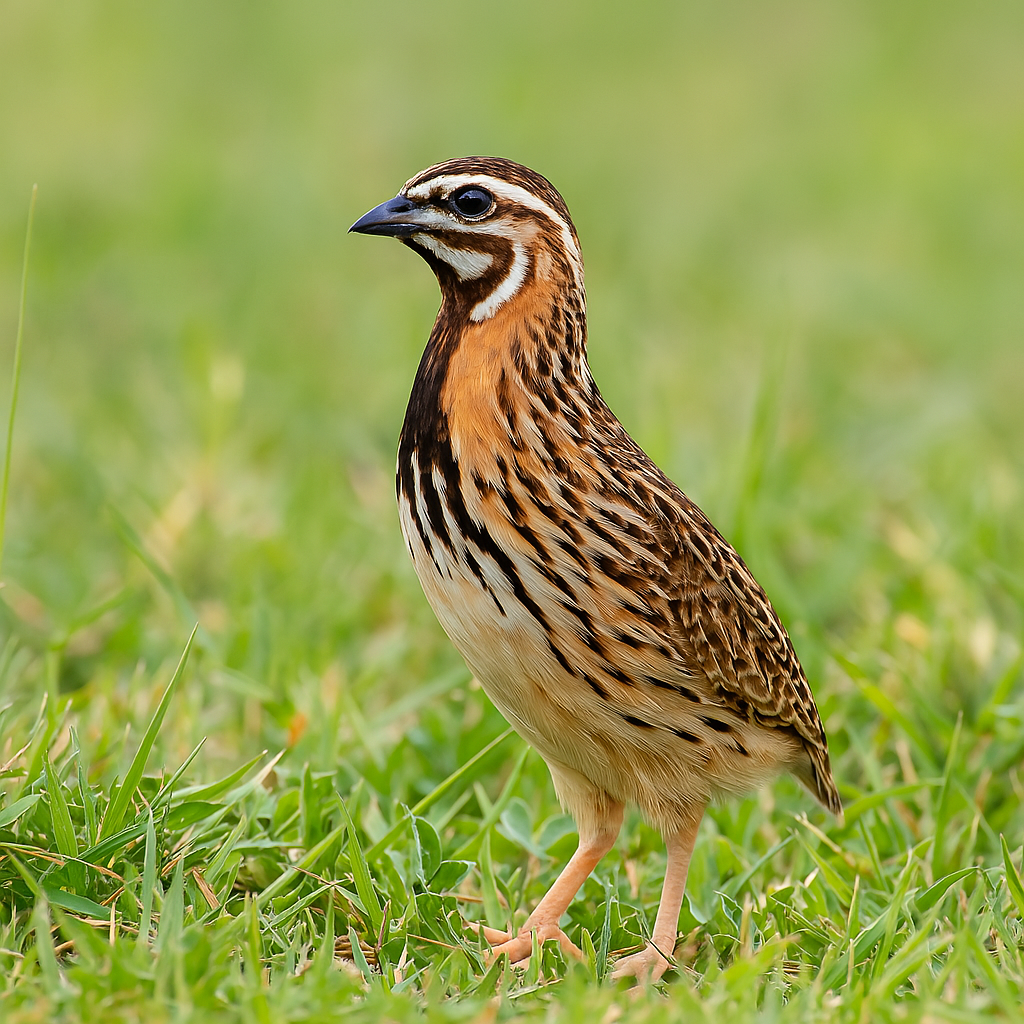
Breeding
Breeding Season
Rain Quails typically breed during the monsoon season in the wild, which is from June to September. As pets, you can simulate breeding conditions by providing an appropriate environment that mimics their natural habitat.
Nesting
Rain Quail eggs typically need an incubation period of about 16–18 days. Provide nesting materials like grass, straw, or shredded paper. The female will build a nest on the ground.
Quail Chick Care
Brooder Setup
Temperature: Maintain a stable temperature of approximately 37.5°C (99.5°F) and humidity levels around 50-60% during incubation.
Feeding
Feed the chicks a high-quality starter feed specifically designed for quail. Supplement their diet with finely chopped greens and small insects to provide additional nutrients.
Feeder and Waterer
Use shallow feeders and waterers to prevent chicks from drowning. Marbles or pebbles can be placed in water dishes to keep chicks safe.
Outdoor Transition
When transitioning to an outdoor environment, ensure they are fully feathered and acclimatized to temperature fluctuations. Provide a secure, enclosed space with adequate shelter and perches.
Joining the adults
Integration with Adults
Introduce the chicks to adult quails gradually to prevent aggression. Ensure the introduction occurs in a neutral area to reduce territorial disputes. Monitor interactions closely to ensure a smooth transition.
Observe Behavior
Watch for signs of aggression or bullying from the adults. If the chicks are significantly smaller or weaker, they may need more time before integration.

Fun Fact
Rain Quails have a distinctive black-breasted appearance, which sets them apart from other quail species. Their striking plumage is particularly notable during the breeding season, making them quite a sight in their native habitats.
In this article
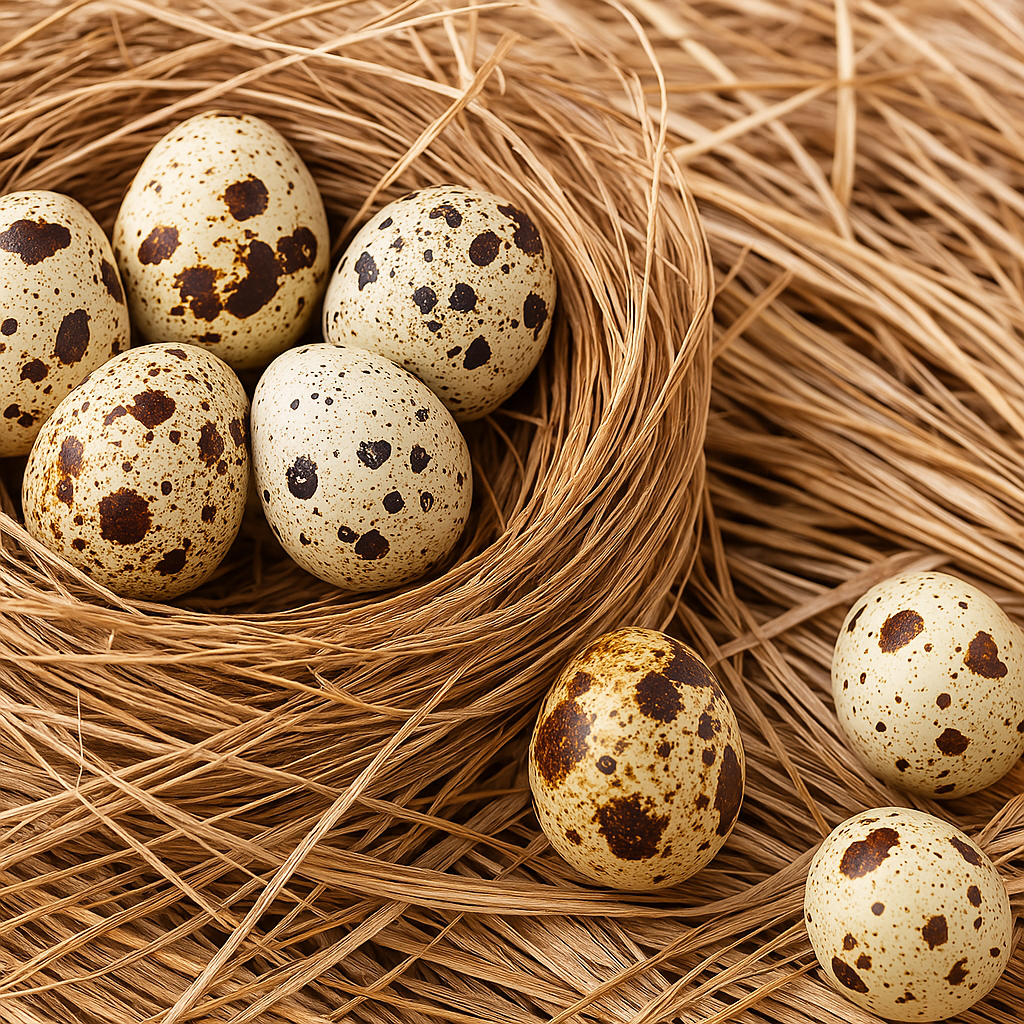
Eggs
Rain quail eggs are small, typically weighing around 7-8 grams, and have a distinctive appearance. Their shells are cream-colored and beautifully marked with dark brown speckles or blotches, giving them a mottled look. The eggs are slightly elongated in shape, with a smooth and delicate texture. These unique markings help them blend into natural surroundings, offering camouflage in the wild.
Legal Considerations
Check local laws and regulations regarding the keeping of quail. Some areas may have specific requirements or restrictions.
Permits
In some regions, permits may be required to keep or breed quail.

Montezuma Quail
Montezuma Quail, native to Mexico and the southwestern US, are prized for their unique, camouflaged plumage and subtle crest. These naturally shy and solitary birds are challenging to breed in captivity, and while they require careful health monitoring, their distinctive beauty appeals to experienced aviculturists.
Read more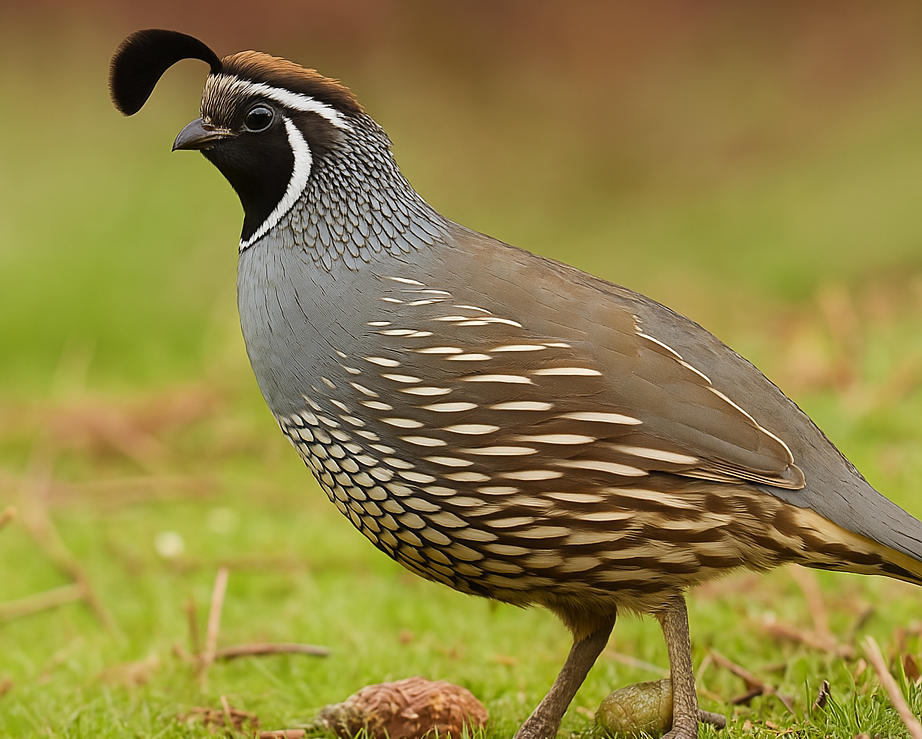
California Quail
The California Quail (Callipepla californica) is a charming and distinctive bird known for its plump body, beautiful plumage, and characteristic head plume, often referred to as a "topknot." These birds are native to the western United States but can be kept as pets with proper care and attention. Here's a comprehensive look at keeping California Quail as pets
Read more
Jumbo Celadon Quail
Jumbo Celadon Quail, also known as Coturnix quail, are a popular breed among poultry enthusiasts due to their distinctive blue or light green eggs, larger size, and efficient egg production. They are a selectively bred variety of the standard Coturnix quail, known for their increased body weight and unique egg coloration.
Read more
Bobwhite Quail
The Bobwhite Quail, also known as the Northern Bobwhite or Virginia Quail (Colinus virginianus), known for their distinctive call and charming appearance, can make unique and interesting pets. Bobwhite quail Have long been popular in North America. They require specific care and habitat conditions to thrive in a domestic setting.
Read more